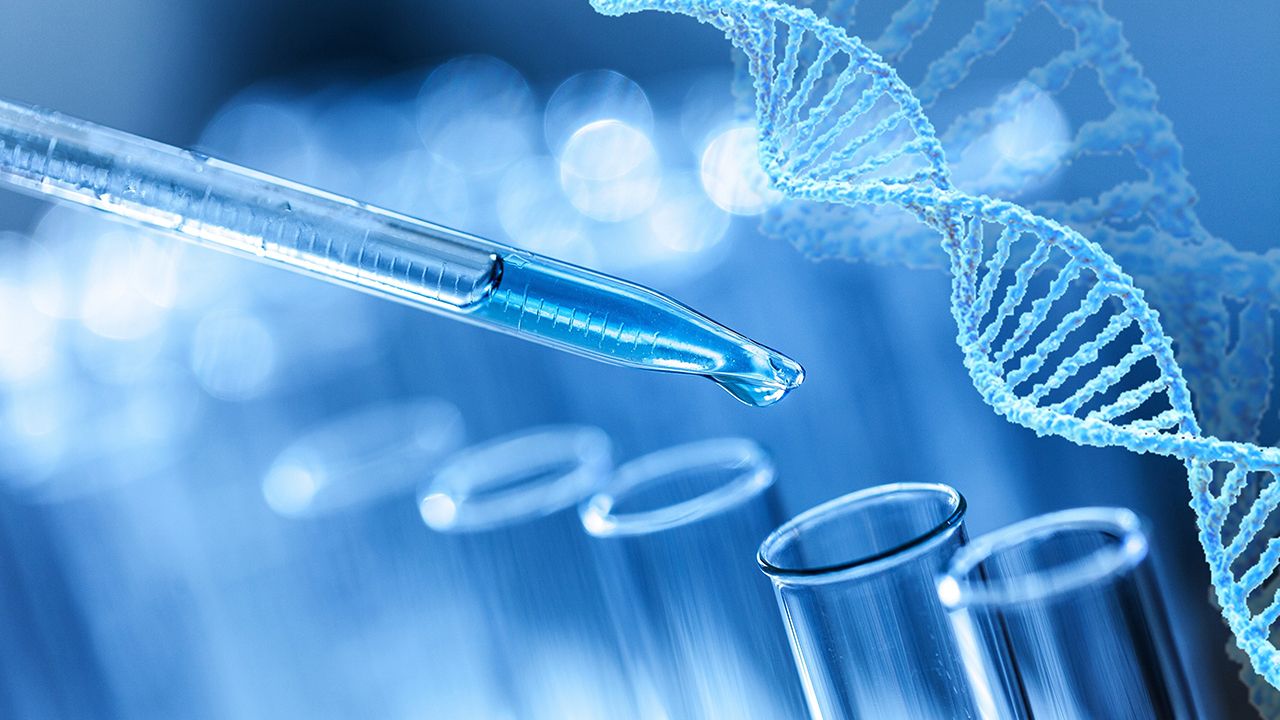ASGCT 2024: Additives Play a Role in Removal of Empty and Partial AAV Capsids
Experiments conducted by the downstream technology team at Spark Therapeutics involving metal ion-containing additives showed improved capsid clearance in AAV production.
Text sign showing Industry News. Business photo text delivering news to the general public or a target public | Image Credit: © Artur - © Artur - stock.adobe.com

Certain additives or a combination of additives in downstream bioprocessing have demonstrated an improvement in the separation and clearance of empty and partially full capsids during the manufacturing of viral vectors, noted Ohnmar Khanal, PhD, Downstream Technology Lead, Spark Therapeutics, at the American Society of Gene and Cell Therapy’s (ASGCT’s) 27th Annual Meeting, which is being held from May 7–11, 2024 in Baltimore, Md.
Khanal gave a presentation on the work her team has been doing to test the removal of empty and partially filled adeno-associated virus (AAV) capsids in the downstream processing stage of AAV vector production. Khanal stated that she and her team have been looking at additives and the role they play in AAV purification. In particular, her team focused on copper ions and conducted oversaturated loading experiments using multicolumn anion exchange (AEC) chromatography.
“A current challenge in the downstream purification of recombinant [AAV] is the separation of transgene-containing capsids from empty [capsids] and undesired capsid variants,” Khanal stated. “AEX resin is often used below its saturated binding capacity to separate empty and full AAV particles on a single column. However, the outcome of the traditional single-column operation can be impacted by variability in load composition, sensitivity to buffer composition, and fractionation strategies,” she explained.
Khanal noted that, in reviewing past studies, her team found that the removal of empty and partial capsids with a high yield was rarely demonstrated in the literature. In her talk, Khanal presented three-stage separation strategies for two recombinant AAV constructs (rAAV) and demonstrated a way to overcome the trade-off between yield and purity.
In the first strategy, a resin chemistry (Poros XQ, Poros HS, Poros I) is selected and used with a concoction of kosmotropic agents (e.g., ammonium sulfate or sodium sulfate). These agents (i.e., additives) were used to promote capsid stability at low ionic strength. Meanwhile, metal ions (e.g., copper, magnesium, calcium) were used to promote selectivity of the desired capsid. “Using copper ions improved the resolution between empty and full capsid separation and helped remove other product-related impurities,” Khanal pointed out in her presentation.
In the second strategy, the team used an appropriate resin/media structure and geometry to exclude AAV from smaller resin pores (e.g., Poros XQ). Doing so minimized particle dispersion and improved resolution. “Monolith and membrane chromatography showed better peak resolution than traditional resin-based on favorable transport behavior,” Khanal said.
Finally, in the third strategy, the transition from single column to multiple columns in series was tested. This was done by loading 1.5x the resin saturation capacity. Khanal noted that this allowed for over 40% reduction of partial capsids and over 95% removal of empty capsids. “Using these strategies, we provide the best modality to achieve maximum empty and partial capsid removal with a yield of over 80%,” she concluded.
Drug Solutions Podcast: A Closer Look at mRNA in Oncology and Vaccines
April 30th 2024In this episode fo the Drug Solutions Podcast, etherna’s vice-president of Technology and Innovation, Stefaan De Koker, discusses the merits and challenges of using mRNA as the foundation for therapeutics in oncology as well as for vaccines.
Pharmaceutical Tariffs Are Imminent: How Industry is Bracing for Impact
April 16th 2025On April 14, 2025, the Trump Administration launched a national security-driven investigation into pharmaceuticals, a move that will likely result in tariffs being placed on pharmaceutical drugs, ingredients, and other components that are imported from outside of the United States.